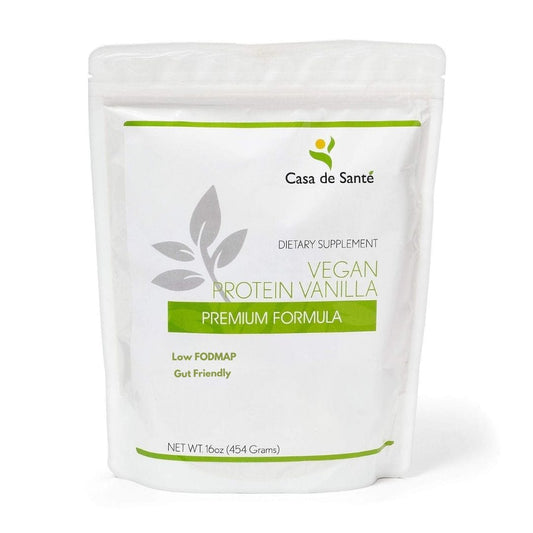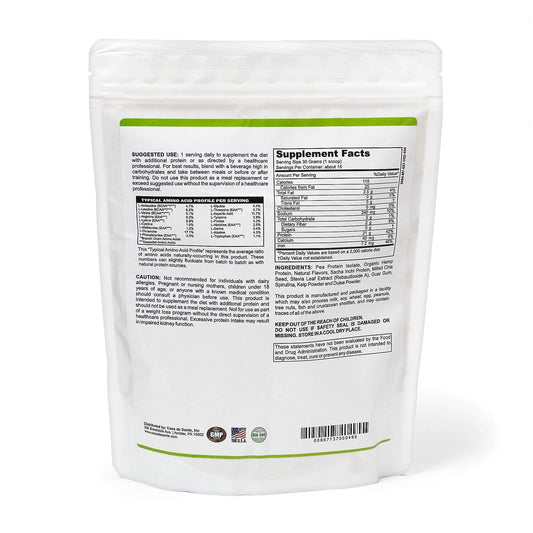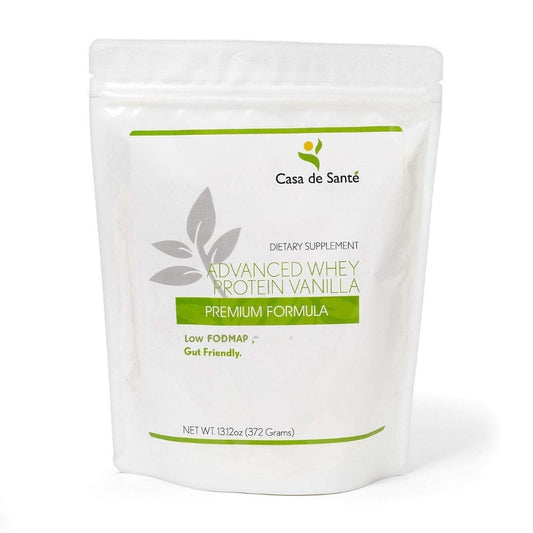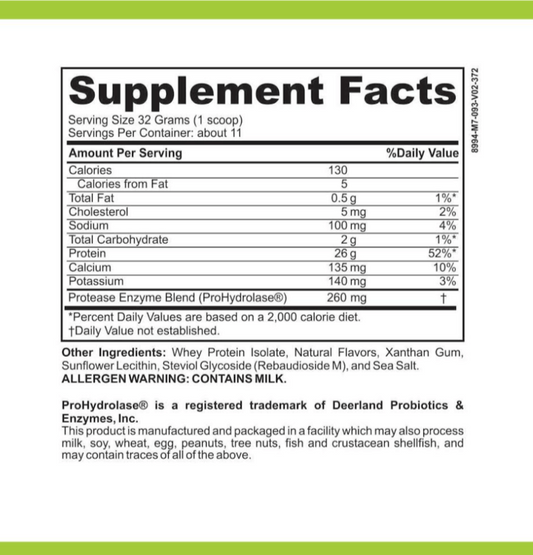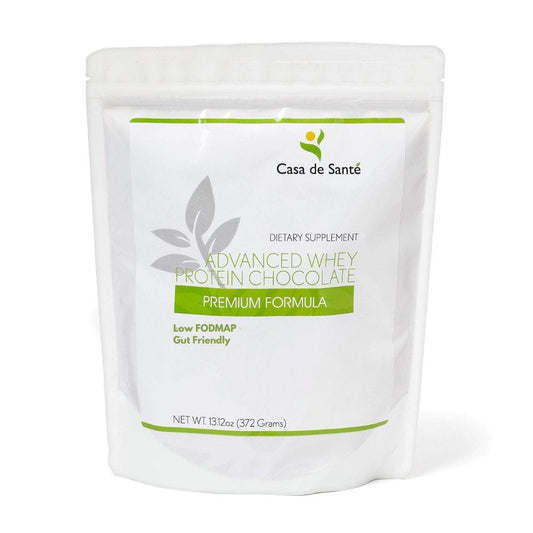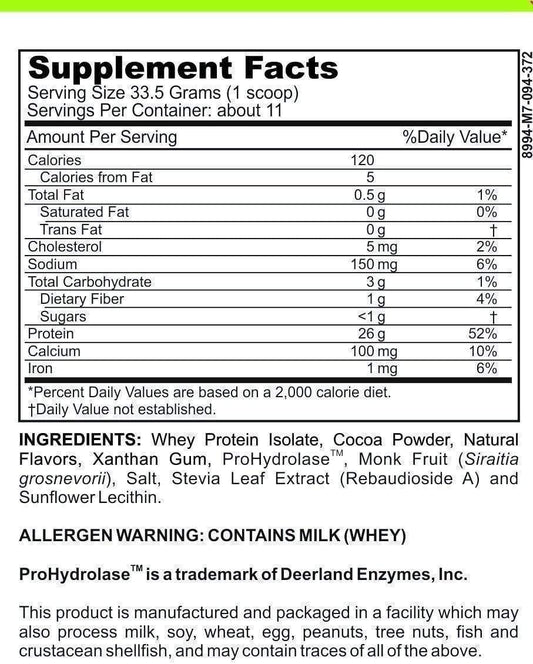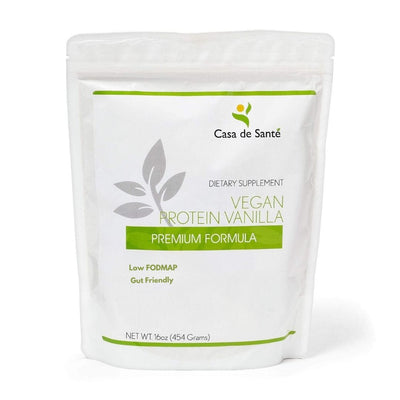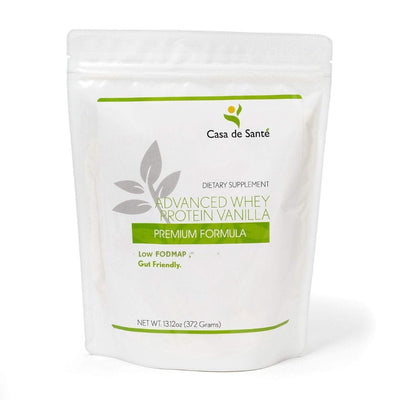Argireline Side Effects: Does It Cause Skin Sagging? What You Need to Know
Lately I've noticed a lot of buzz around peptides in skincare especially argireline. It's often praised for its ability to smooth fine lines and give skin a youthful look. But as with any ingredient that promises big results I always want to dig deeper into what it might really do—both the good and the not-so-good.
One concern that keeps popping up is whether using argireline could actually lead to sagging skin over time. Since I care about what I put on my face I think it's important to understand not just the benefits but also any possible side effects. Let’s take a closer look at what’s really going on with argireline and skin sagging.
Understanding Argireline and Its Uses
Argireline is a synthetic peptide derived from acetyl hexapeptide-8. I find it widely included in anti-aging serums and creams, especially those targeting dynamic wrinkles. Peptides like argireline work by interfering with neurotransmitter release, creating a muscle-relaxing effect in areas such as the forehead and around the eyes.
Research shows argireline may help reduce the depth of fine lines, with one clinical study reporting about a 17% wrinkle depth reduction after 15 days of topical application (International Journal of Cosmetic Science, 2002). I've noted that users often seek out argireline to delay visible signs of aging, using it as a non-invasive alternative to procedures like injectables.
People with sensitive skin appear less likely to experience irritation compared to other active ingredients like retinoids. The lightweight texture of most peptide products means I can layer them easily with other skin care ingredients, such as hyaluronic acid or niacinamide. Skincare professionals recommend topical argireline products primarily for mild to moderate expression lines, with effects concentrated in the upper half of the face.
How Argireline Works in Skincare
Argireline targets facial lines by interrupting the process that leads to wrinkle formation. I know this ingredient is a peptide, specifically acetyl hexapeptide-8, that mimics part of the SNARE complex involved with neurotransmitter release. When applied topically, argireline reduces the signals that trigger muscle movement in treated areas, especially near the eyes and forehead.
By reducing muscle contractions, argireline aims to limit the repetitive micro-movements that deepen dynamic wrinkles. Clinical studies show users experienced up to 17% less wrinkle depth after daily use for 15 days—evidence suggesting a measurable benefit for mild to moderate lines (International Journal of Cosmetic Science, 2002). This relaxation effect is localized, meaning the peptide acts where I apply it, not throughout the body.
The molecule class works without needles, giving topical formulas the advantage of easy layering into daily routines. Most peptide serums, including those with argireline, absorb quickly and pair well with hydrators or antioxidants. My experience shows the best results for fine lines in the upper face where repeated expression is common.
Reported Side Effects of Argireline
Argireline's reputation for improving fine lines relies on its gentle approach, but some users have reported side effects. I rely on published studies and dermatology reviews to detail what appears most often and what rarely occurs.
Common Reactions
Common reactions linked to topical argireline use include mild irritation, redness, and tingling. I notice these effects most during early application, especially near the eyes or on sensitive skin types. Patch testing catches early signs of these reactions. Clinical observations find transient redness or stinging in about 5% of test participants, usually subsiding after a few days (International Journal of Cosmetic Science, 2013). Dryness or flaking sometimes appears when argireline serums are used alongside strong exfoliants.
Rare or Severe Side Effects
Rare or severe adverse effects from argireline are less documented, but some reports exist. I occasionally come across complaints of allergic contact dermatitis, presenting as pronounced swelling, hives, or persistent burning—most often with very sensitive or allergy-prone skin. An isolated concern involves localized sagging, with some users and practitioners theorizing that long-term, repetitive muscle-relaxing action could impact skin firmness in treated regions. However, published clinical trials haven't confirmed widespread cases of worsening sagging directly tied to argireline use. Dermatologists suggest monitoring for any persistent laxity and discontinuing use if this issue develops.
Exploring the Link Between Argireline and Skin Sagging
Argireline attracts attention for its wrinkle-relaxing effects in peptide skincare. I’ve noticed growing discussion about whether its muscle-relaxing action could contribute to sagging, particularly with long-term use.
Scientific Evidence and Studies
Clinical studies assess argireline’s efficacy for wrinkle reduction but provide limited direct data on sagging. A 2013 double-blind trial in the International Journal of Cosmetic Science measured wrinkle depth reduction without documenting changes in skin elasticity or firmness. Most published studies track endpoints like fine line depth or subjective skin smoothness after 15 to 28 days of application. None of the peer-reviewed trials I reviewed reported statistically significant sagging outcomes when using acetyl hexapeptide-8 serums or creams on the upper face.
Mechanistically, the peptide targets the SNARE protein complex, mimicking its function to block specific neurotransmitter signals. This action leads to local muscle relaxation, which smooths lines but does not directly break down collagen or elastin networks essential for skin structure. If applied twice daily for months or years, some theorize that continuous reduction in muscle activity could lead to less “tone” in the treated area. However, published evidence for this effect is absent as of June 2024.
Expert Opinions
Dermatologists and cosmetic formulators weigh in on the sagging debate, often noting a lack of clinical reporting. Board-certified dermatologists quoted in peer-reviewed literature cite anecdotal cases in which users noticed subtle laxity, yet emphasize that this effect is unproven in controlled settings. Experts highlight that argireline targets only dynamic muscle movement, not the dermal or structural components that drive true sagging, such as collagen loss. I’ve seen consensus across dermatology meetings that well-formulated peptide products rarely trigger discernible loss of firmness. They suggest monitoring for any unusual laxity, especially in users with mature or thin skin, while encouraging thorough patch testing of new actives.
Tips for Minimizing Risks When Using Argireline
I start by performing a patch test on a small area when introducing argireline-based products, which helps me identify any early irritation, redness, or sensitivity before applying it to larger facial zones. Dermatology guidelines (see National Center for Biotechnology Information, 2021) recommend this step to catch rare allergic reactions, especially if I have sensitive or reactive skin.
I apply argireline products sparingly, targeting only expression-prone regions like the forehead or crow’s feet, since excessive application over large areas hasn’t shown additional benefit and might increase the risk of unintended localized sagging, as noted in expert reviews. I avoid using peptide formulas on areas already prone to laxity or thinning, such as under the lower cheeks or jawline, since those regions show greater susceptibility to loss of firmness with age.
I monitor my skin’s response over the first eight weeks, watching for unusual laxity, persistent redness, or texture changes. If new sagging or irritation develops, I stop use immediately and consult a board-certified dermatologist. Published advisory articles recommend periodic product “holidays” for age-related skin changes, especially if I observe decreased firmness with prolonged use.
I pair argireline application with regular use of barrier-supporting ingredients like ceramides, hyaluronic acid, and broad-spectrum mineral sunscreen. These help maintain skin resilience and counteract any dryness or enhanced photo-sensitivity sometimes observed with new active ingredients. For daytime, I layer a minimum SPF 30 mineral sunscreen to protect skin exposed to peptides or exfoliants, both of which lower the skin’s threshold for UV damage.
I choose formulas with transparent ingredient lists, focusing on those without undisclosed fragrances, alcohols, or penetration enhancers that may increase irritation risks. I avoid layering multiple new actives at once, especially strong acids or retinoids, which could amplify irritation potential when paired with peptides.
Alternative Ingredients for Anti-Aging Concerns
Several alternative ingredients address anti-aging concerns when argireline’s side effects or limitations create hesitation. These actives work through mechanisms that support collagen, elastin, and overall skin structure.
- Retinoids target cellular turnover and collagen synthesis. I find retinoids like retinol or retinaldehyde improve fine lines and uneven texture. Studies confirm up to 30% improvement in photodamage parameters after 12 weeks of nightly use (Kafi et al., 2007).
- Peptides boost skin function by signaling collagen and elastin production. I use matrixyl, palmitoyl tripeptide-1, and copper peptides, which appear in clinical studies showing increased firmness and reduced wrinkle depth after consistent use for 8–12 weeks.
- Vitamin C facilitates antioxidant protection and brightening. I recommend a 15% vitamin C serum for stimulating collagen and evening skin tone. Data demonstrate significant wrinkle depth reduction and photodamage improvement with daily topical use (Traikovich, 1999).
- Hyaluronic acid delivers hydration and plumping. I notice immediate improvement in fine lines due to its water-binding capacity. Formulations with low and high molecular weights support both surface smoothness and deeper hydration.
- Alpha hydroxy acids (AHAs) enhance exfoliation and cell renewal. I use glycolic or lactic acid treatments to improve surface texture, with studies noting visible firmness and clarity after 6–8 weeks of weekly application.
- Bakuchiol represents a plant-based alternative for sensitive or retinoid-intolerant users. Evidence suggests it can reduce wrinkles and pigmentation to a degree similar to retinol without causing notable irritation (Dhaliwal et al., 2019).
- Niacinamide supports barrier function and skin elasticity. I apply 4–5% niacinamide lotions, which clinical trials associate with enhanced firmness and reduced sallowness after 8–12 weeks.
| Ingredient | Key Benefit | Clinical Result Timeline |
|---|---|---|
| Retinoids | Collagen synthesis | 30% improvement in 12 weeks |
| Peptides | Increased firmness | Noticeable after 8–12 weeks |
| Vitamin C | Collagen, antioxidant | Reduced wrinkles in 12 weeks |
| Hyaluronic Acid | Immediate hydration | Plumper look after 1 use |
| AHAs | Texture and firmness | Smoother skin in 6–8 weeks |
| Bakuchiol | Retinol-like smoothing | Reduced wrinkles in 12 weeks |
| Niacinamide | Enhanced elasticity | Firmer skin in 8–12 weeks |
These alternative molecules can complement or substitute for argireline, targeting various factors affecting visible aging, including sagging. For optimal results, I consider combining compatible ingredients, selecting evidence-backed concentrations, and following protocols matching my skin’s tolerance.
Key Takeaways
- Argireline is a popular peptide in skincare known for its wrinkle-reducing and muscle-relaxing effects, especially on expression lines in the upper face.
- Common side effects of argireline are generally mild, such as redness or tingling, but rare cases of localized sagging or allergic reactions have been reported.
- There is no strong clinical evidence linking argireline use directly to significant skin sagging; most reports of laxity are anecdotal and not confirmed by peer-reviewed research.
- To minimize risks, apply argireline only to targeted areas, patch test new products, monitor skin for changes, and avoid layering with strong actives or using it on areas prone to laxity.
- Alternatives like retinoids, vitamin C, hyaluronic acid, matrixyl peptides, and niacinamide offer anti-aging benefits and can be used instead of or alongside argireline for broader skin support.
Conclusion
As I weigh the pros and cons of using argireline in my routine I realize how important it is to stay informed and pay close attention to my skin’s response. While the promise of fewer lines is appealing I know that understanding possible side effects like sagging helps me make smarter choices.
I plan to keep monitoring new research and consult with skincare professionals if I notice any unexpected changes. Prioritizing skin health and being selective with ingredients gives me the confidence to pursue smoother skin without compromising its long-term resilience.

